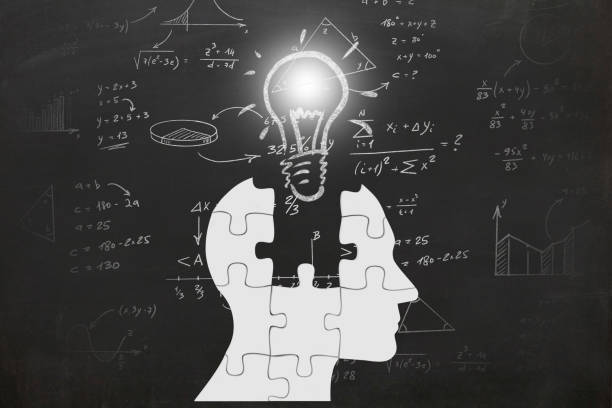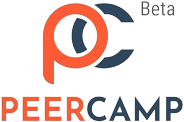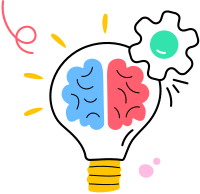Caleb Oparachukwu
Nigeria |
(1 vote)
(1 vote)
Students would learn how to add, divide, subtract , and multiply .
Lesson 1: Basic Operations
- What are basic operations?
- Types of basic operations
- Relationships between the basic operations
- Addition
Lesson 2: Addition
- Understand the concept of addition as "putting together" or "increasing."
- Solve simple addition problems with single-digit numbers.
- Use real-life examples (e.g., counting objects, fingers).
Lesson 3: Subtraction (1)
- Understand subtraction as "taking away" or "finding the difference."
- Identify subtraction symbols (−, =).
- Solve simple subtraction problems with single-digit numbers.
Lesson 4: Subtraction (2)
- Work on real-world problems (e.g., spending money, comparing amounts).
- Introduce mental math tricks for faster subtraction.
Lesson 5: Multiplication (1)
- Introduce multiplication tables (starting with 2s, 5s, and 10s).
- Use real-life examples (grouping objects, arrays).
Lesson 6: Multiplication (2)
- Apply strategies like repeated addition, arrays, and number patterns.
- Solve multiplication word problems.
Lesson 7: Divison (1)
- Use real-life examples (sharing food, objects).
- Introduce division through equal groups and repeated subtraction.
- Practice simple division facts using drawings and counters.
Lesson 8: Division (2)
- Use visual aids (arrays, number lines).
- Introduce division facts (start with 2s, 5s, and 10s).
- Work on real-world problems (e.g., distributing items)











 Academics
Academics Tech Skills
Tech Skills Soft Skills
Soft Skills
